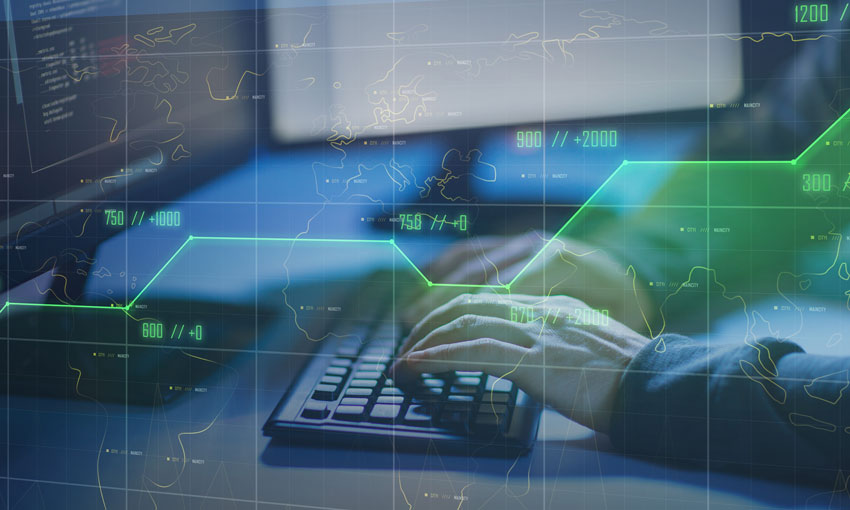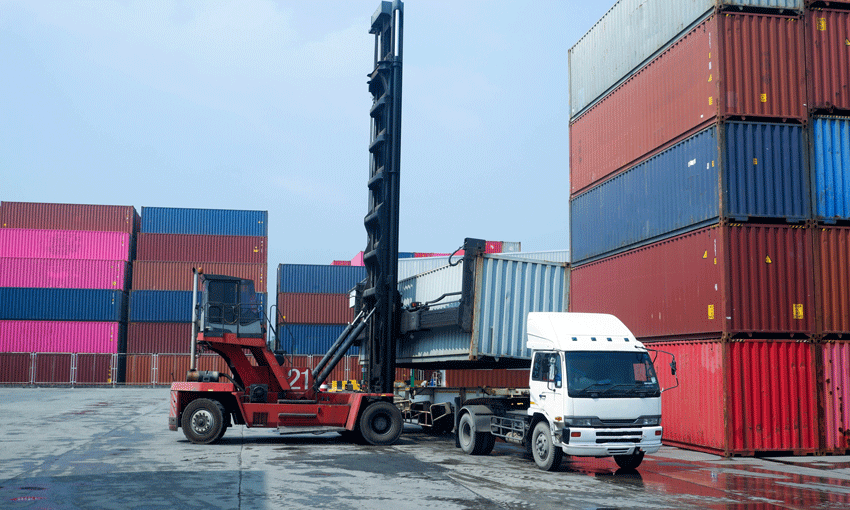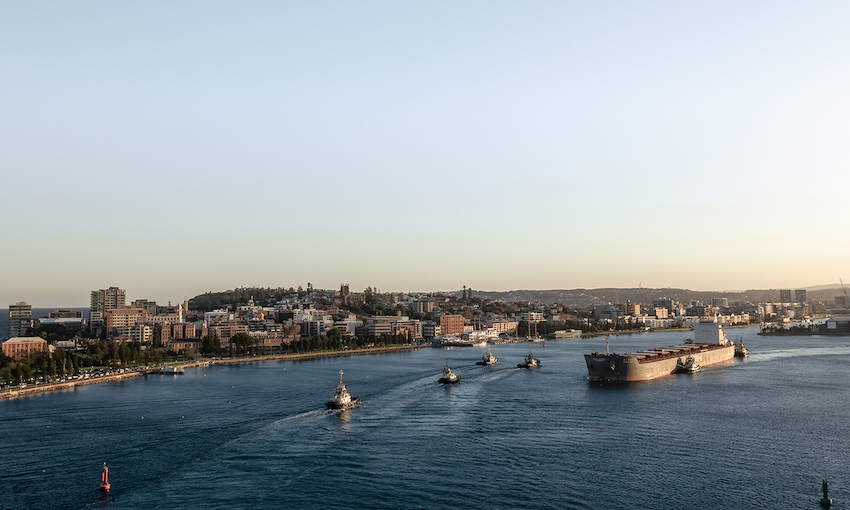EACH cyberattack in the maritime industry costs the target organisation an average of US$550,000, (up from US$182,000 in 2022), according new research published by law firm HFW and cybersecurity provider CyberOwl.
The research suggests the maritime industry is an easy target for cybercriminals and that the cost of attacks and demand for ransom payments across the sector have skyrocketed over the past 12 months.
It also shows that demands for ransom have increased by more than 350%, with the average ransom payment now US$3.2 million – up from US$3.1 million last year.
The report is based on a survey of more than 150 industry professionals – including executives, cyber security experts, seafarers, shoreside managers, and suppliers – and reveals significant gaps in cyber risk management that exist across shipping organisations and the wider supply chain, despite progress made by IMO 2021.
The research was carried out by the maritime technology research agency Thetius.
HFW partner Tom Walters said the findings show that while maritime cyber security has improved, the industry remains an easy target.
“Shipping organisations are being subject to more cyberattacks than ever before, and the cost of attacks and demand for ransom payments have skyrocketed. And as the use of technology continues to increase across all aspects of shipping – from ship networks to offshore installations and shoreside control centres – so does the potential for cybersecurity breaches,” Mr Walters said.
“Maritime operational technology and fleet operations management are now almost entirely digital, meaning that a cyberattack could compromise anything from vessel communication systems and navigation suites to the systems managing ballast water, cargo management, and engine monitoring and control.”
He said failure of any of those systems could result in a vessel being stranded and potentially grounded, and we saw from the Ever Given the impact that can have on global supply chains.
“This is a critical issue for all parties involved in the shipping sector, and it’s clear that the industry has to do more to protect itself against cyberattacks,” Mr Walters said.
CyberOwl CEO Daniel Ng said the good news is that the conversation on vessel cyber-risk management has shifted from “why” to “how”.
“There is less scepticism about the need to manage the risk, more thoughtfulness on how best to spend each dollar in shoring up defences,” Mr Ng said.
“The challenge for the change agents in shipping is that they are dealing with new risks in a new domain under sector-specific constraints. All of this in an environment where shipping companies are still too secretive to share benchmarks and best practice widely.”
Mr Ng said the sector must make the most of the specialist expertise available.
“Those with specialist maritime cyber security knowledge must do more to share knowledge of risks and best practice,” he said.
“What works in other sectors may not work in shipping. And applying a generic approach could lead to expensive wastage.”
Thetius managing director Nick Chubb said: “Our research shows that the industry has improved dramatically in a short space of time. But it also shows that cybercriminals are evolving faster. The costs of cyber-attacks are growing. The impact that can be created in the global supply chain by exploiting a single easy target means the entire maritime industry needs to raise the bar.”





